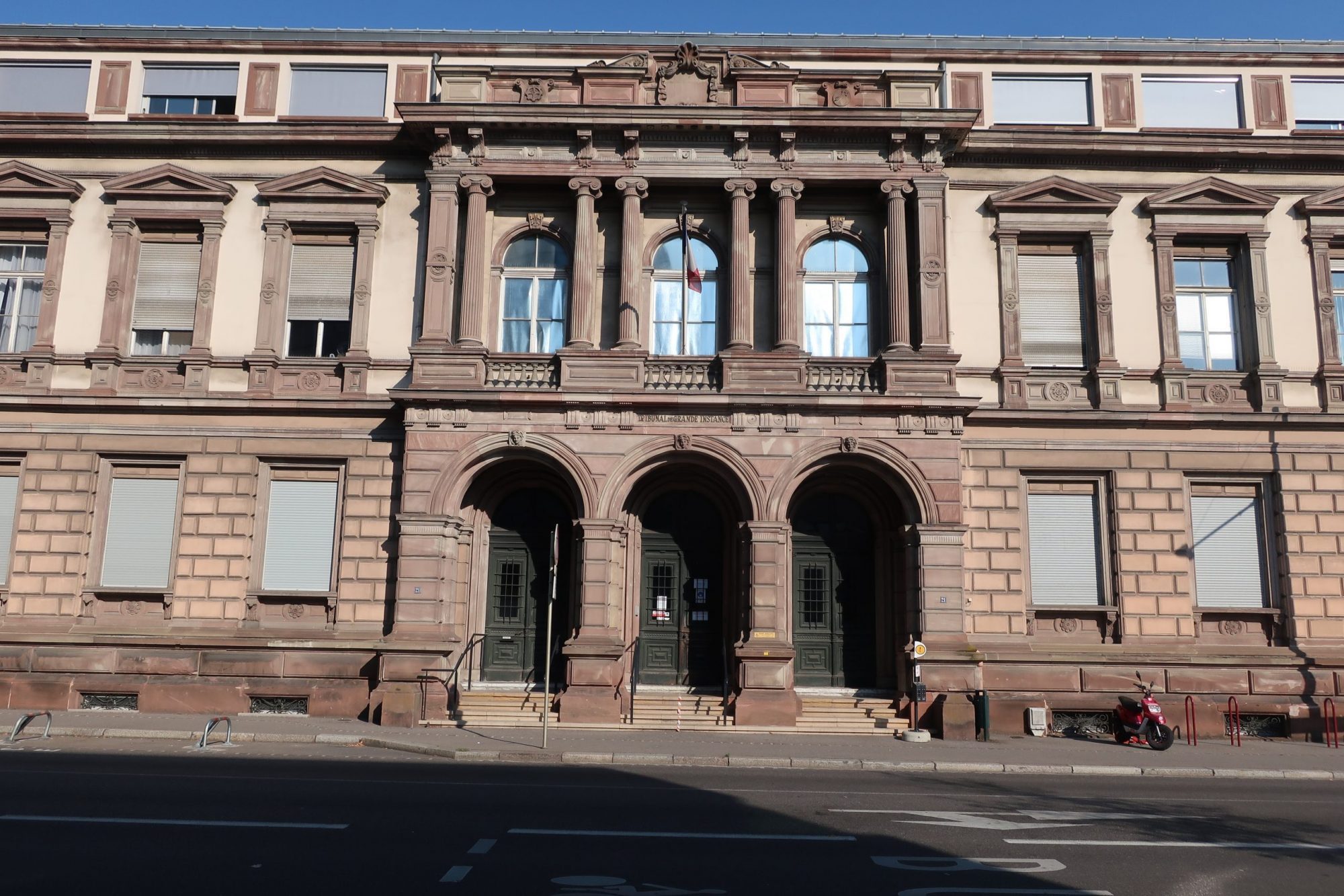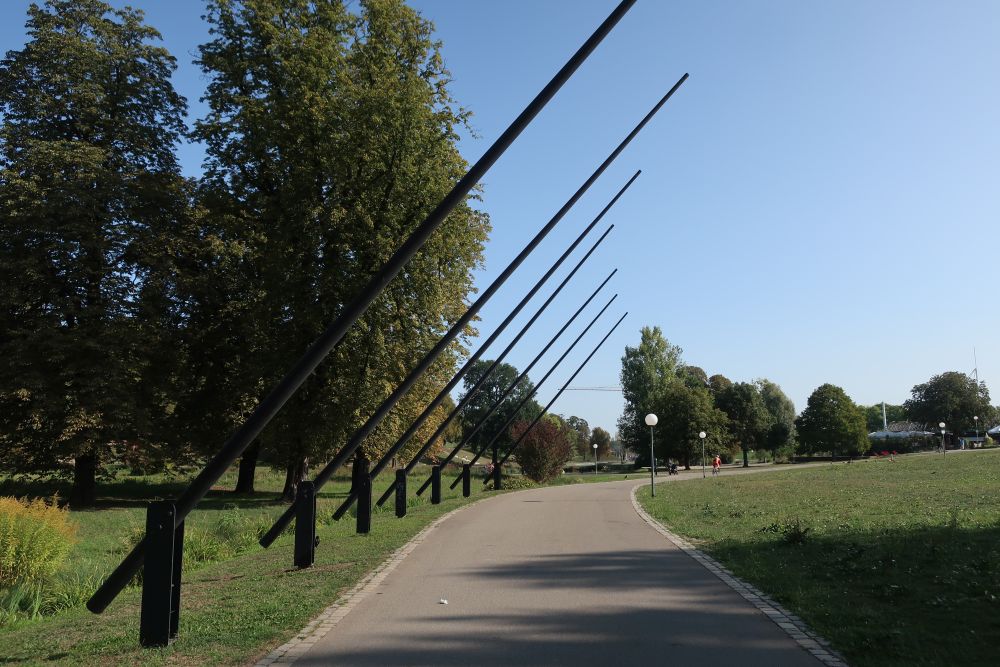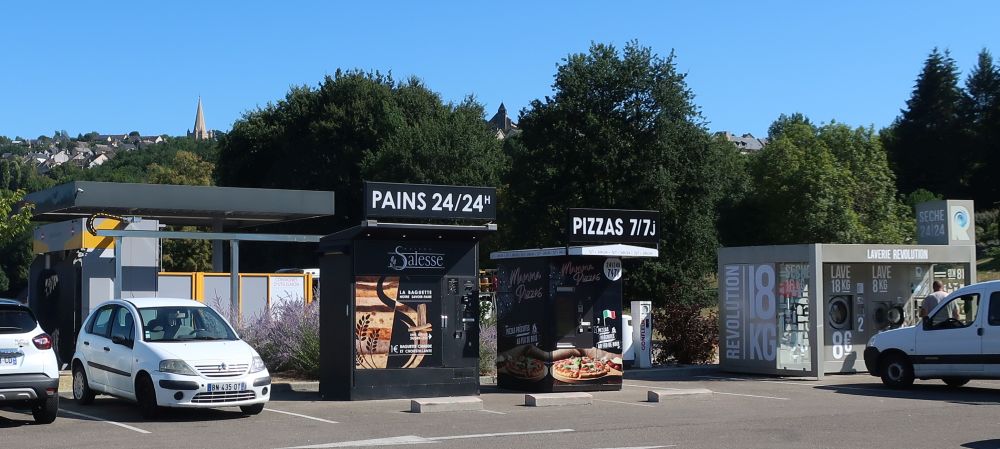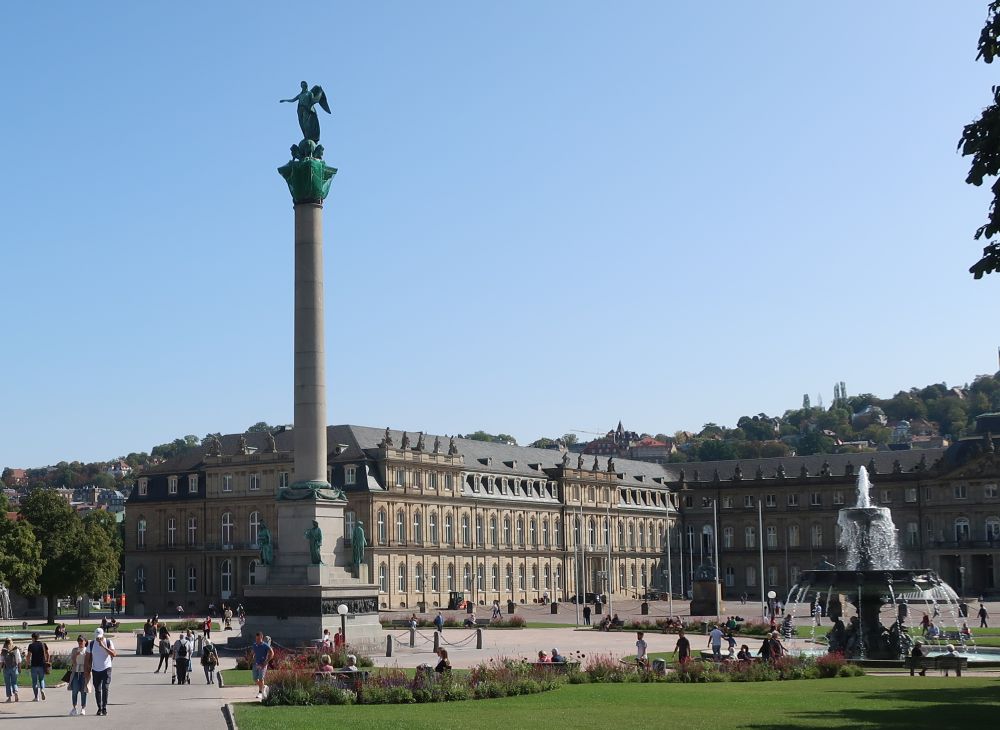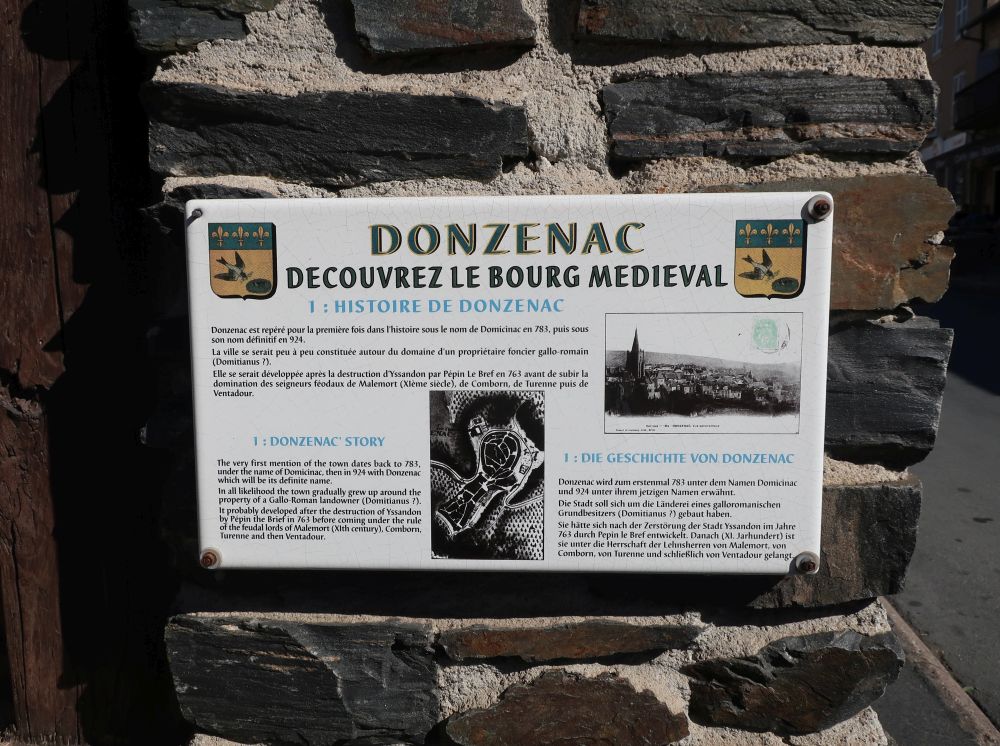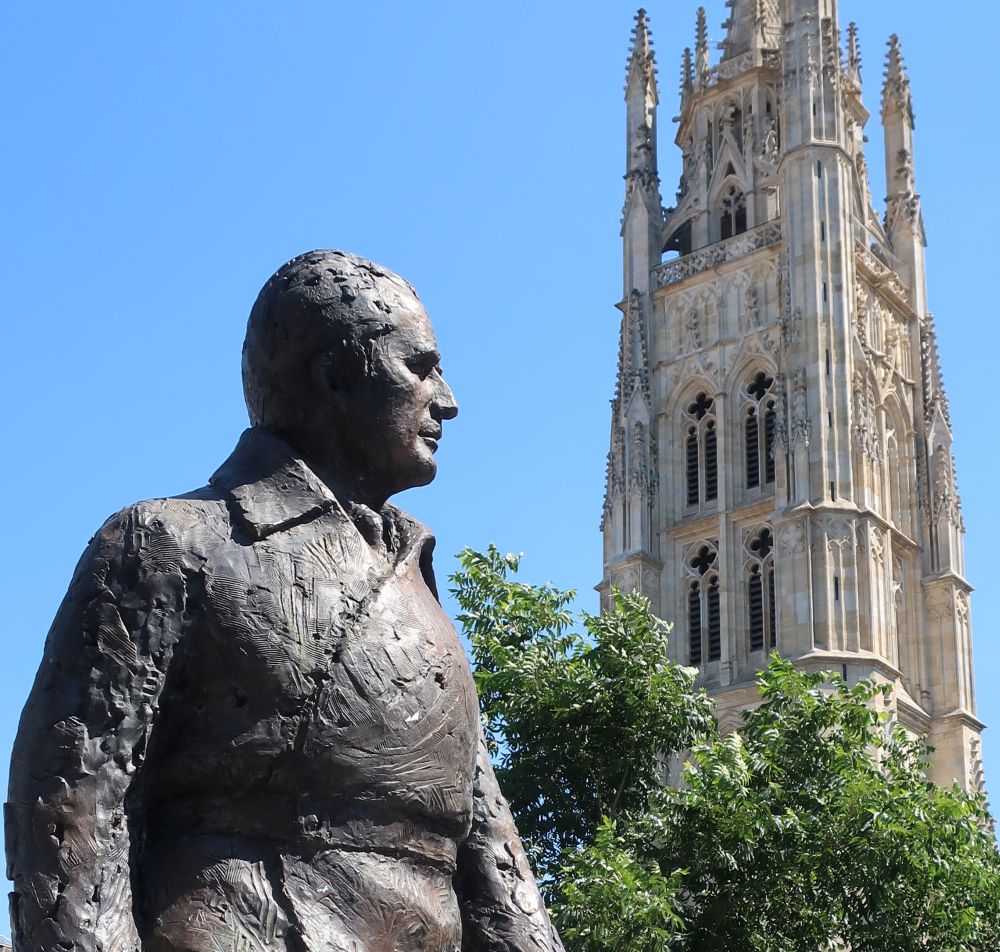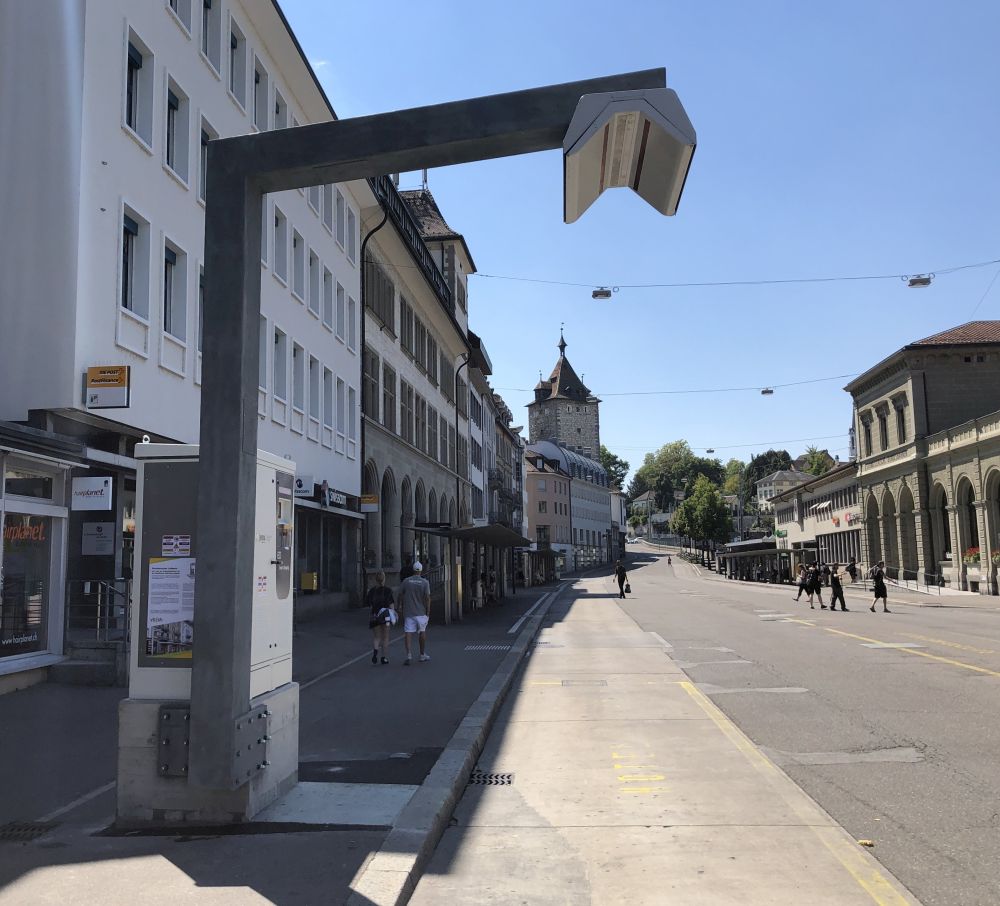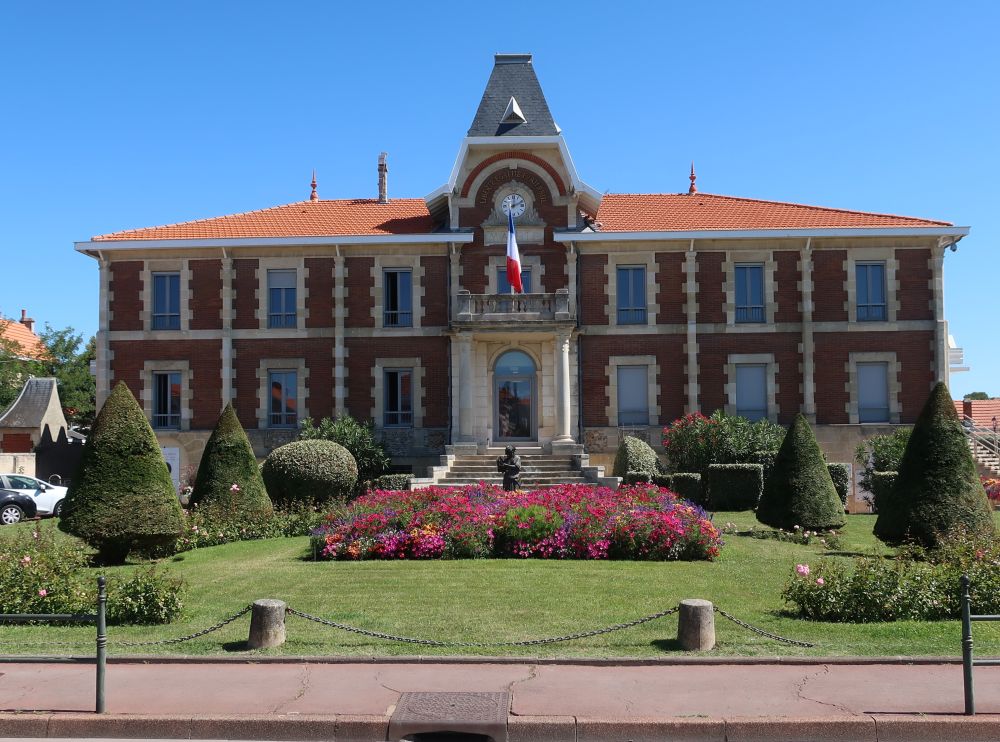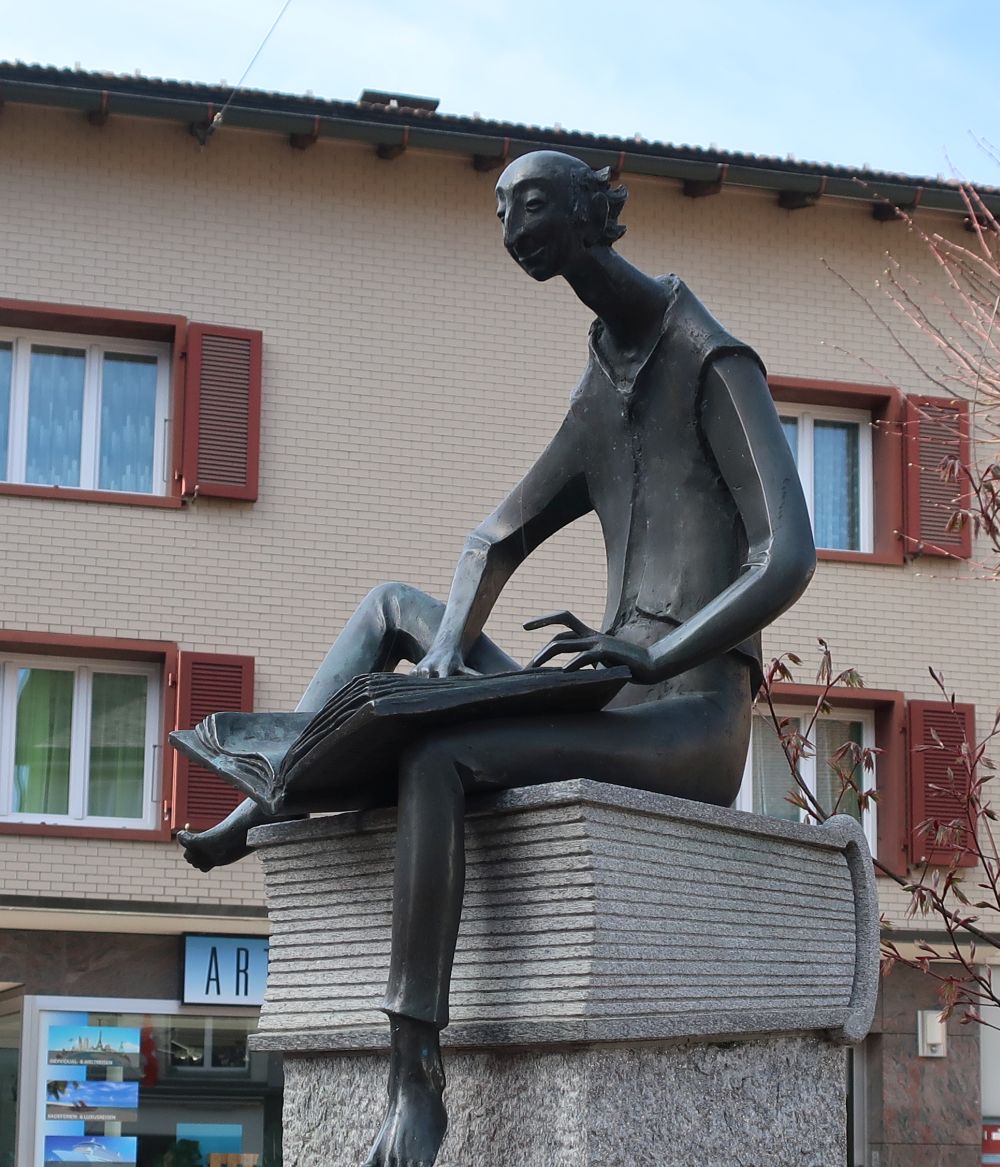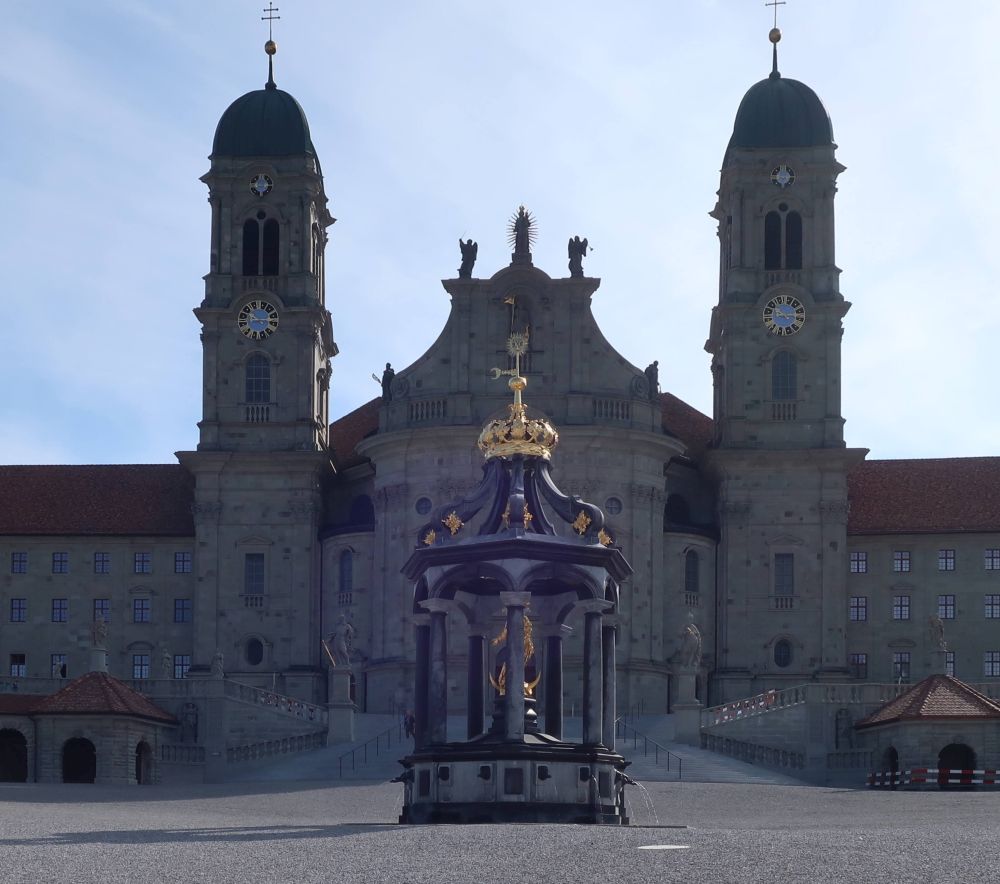It‘s fair to say I stopped being an employed, practicing physicist in the year 2000, when I left the Max-Plack-Institute for Metals Research and joined Hewlett Packard Consulting & Integration.
According to Google Scholar I have published 45 „things“ that Google records in their list, most of them scientific papers but a few of them other things, such as proceedings of scientific conferences.
Nowadays, even more important than the number of articles that a scientist publishes is often the „citation index“ – or, the number of times another scientist has cited their work. According to Google Scholar, here‘s what my citation index looks like over time:
The graph shows how many papers written by other scientists cited my work.
If you ask me, it‘s pretty incredible. Even though I have been publishing papers since the mid-1990‘s, and even though I stopped doing scientific research in the year 2000 – it seems the peak of my citations only occurred some years afterwards. There are lots of reasons for that – you have to pick things apart at the level of individual papers and collaborators – but I find it interesting nonetheless: if true more broadly, it means that scientists are not famous for what they do right now, but for what their work will lead to in a few years‘ time!

